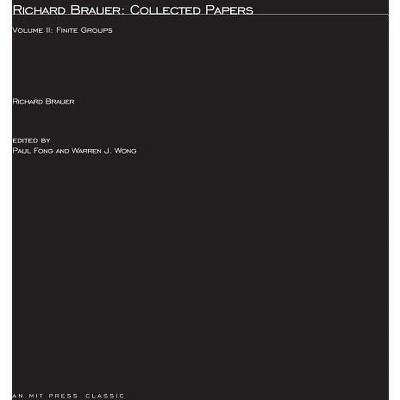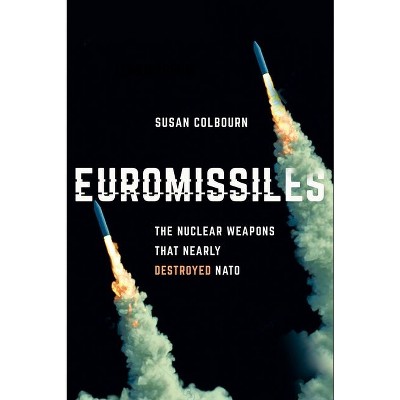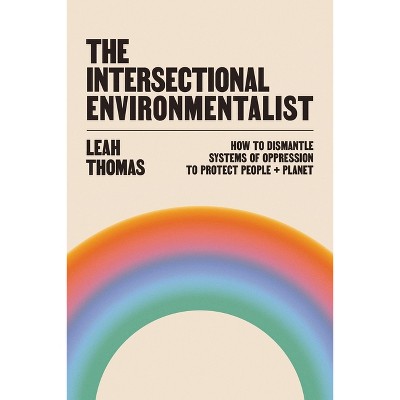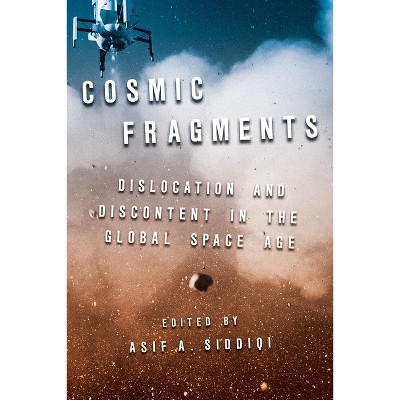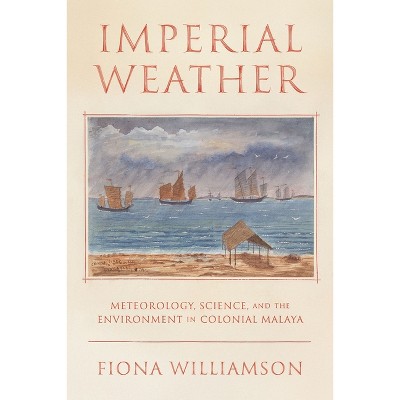Sponsored

Inevitably Toxic - (Intersections) by Brinda Sarathy & Janet Brodie & Vivien Hamilton (Paperback)
$50.00
In Stock
Eligible for registries and wish lists
Sponsored
About this item
Highlights
- Not a day goes by that humans aren't exposed to toxins in our environment--be it at home, in the car, or workplace.
- About the Author: Brinda Sarathy (Editor) Brinda Sarathy is a professor of Environmental Analysis and director of the Robert Redford Conservancy for Southern California Sustainability at Pitzer College.
- 280 Pages
- Science, Environmental Science
- Series Name: Intersections
Description
About the Book
The essays in this collection ask us to confront the toxic landscapes that pervade modern life using the example of exposure of people in four countries to nuclear radiation, industrial waste, pesticides and future biological warfare.Book Synopsis
Not a day goes by that humans aren't exposed to toxins in our environment--be it at home, in the car, or workplace. But what about those toxic places and items that aren't marked? Why are we warned about some toxic spaces' substances and not others? The essays in Inevitably Toxic consider the exposure of bodies in the United States, Canada and Japan to radiation, industrial waste, and pesticides. Research shows that appeals to uncertainty have led to social inaction even when evidence, e.g. the link between carbon emissions and global warming, stares us in the face. In some cases, influential scientists, engineers and doctors have deliberately "manufactured doubt" and uncertainty but as the essays in this collection show, there is often no deliberate deception. We tend to think that if we can't see contamination and experts deem it safe, then we are okay. Yet, having knowledge about the uncertainty behind expert claims can awaken us from a false sense of security and alert us to decisions and practices that may in fact cause harm.In the epilogue, Hamilton and Sarathy interview Peter Galison, a prominent historian of science whose recent work explores the complex challenge of long term nuclear waste storage.
Review Quotes
In Inevitably Toxic, editors Brinda Sarathy, Vivien Hamilton, and Janet Farrell Brodie bring together contributors in a timely call to place 'toxicity' back at the center of public health discussions, exploring different toxic landscapes in North America and Japan to denaturalize the presence of inorganic contaminants in an environment. Revealing toxicity as the outcome of specific material and discursive practices that should be discussed and contested, the volume is an excellent addition to an emerging body of literature that raises vital questions about whose knowledge counts in the public debate over toxicity.-- "LSE Review of Books"
In this insightful and eye-opening volume, the contributors draw on previously unexamined histories of risk to skillfully illuminate the many ways that environmental hazards have become a normal part of our everyday lives, how these threats fall disproportionately on marginalized communities, and how we can imagine and create a more sustainable and equitable society.-- "David Pellow, University of California Santa Barbara"
Reading [the essays] is like attending an academic conference and absorbing the latest insiders' insights into radiation events and industrial toxins.-- "Foreword Reviews"
Science can be used to both explicate and obscure the violence of toxic exposures. The scholars in this book offer us careful historical accounts that show how science has been both not enough and sometimes profoundly complicit in toxic histories, themselves undergirded by militarism, racism, and industrialism. Crucially, the essays in this book demonstrate how ubiquitous toxicity is an achievement, not an inevitability--it can and should be otherwise.-- "Michelle Murphy, University of Toronto"
About the Author
Brinda Sarathy (Editor)Brinda Sarathy is a professor of Environmental Analysis and director of the Robert Redford Conservancy for Southern California Sustainability at Pitzer College. She is the author of Pineros: Latino Labour and the Changing Face of Forestry in the Pacific Northwest. Janet Brodie (Editor)
Janet Farrell Brodie is a professor of U.S. history at Claremont Graduate University. Her recent scholarship focuses on secrecy in the nuclear era with articles in the Journal of Diplomatic History and The Journal of Social History. Vivien Hamilton (Editor)
Vivien Hamilton is an associate professor of history of science and director of the Hixon-Riggs Program for Responsive Science and Engineering at Harvey Mudd College. Her work examines the history of medical technologies, focusing on questions of authority, expertise and cross-disciplinary collaboration.
Dimensions (Overall): 8.9 Inches (H) x 6.0 Inches (W) x 1.0 Inches (D)
Weight: .95 Pounds
Suggested Age: 22 Years and Up
Number of Pages: 280
Genre: Science
Sub-Genre: Environmental Science
Series Title: Intersections
Publisher: University of Pittsburgh Press
Format: Paperback
Author: Brinda Sarathy & Janet Brodie & Vivien Hamilton
Language: English
Street Date: July 2, 2019
TCIN: 1004080877
UPC: 9780822966128
Item Number (DPCI): 247-04-0819
Origin: Made in the USA or Imported
If the item details aren’t accurate or complete, we want to know about it.
Shipping details
Estimated ship dimensions: 1 inches length x 6 inches width x 8.9 inches height
Estimated ship weight: 0.95 pounds
We regret that this item cannot be shipped to PO Boxes.
This item cannot be shipped to the following locations: American Samoa (see also separate entry under AS), Guam (see also separate entry under GU), Northern Mariana Islands, Puerto Rico (see also separate entry under PR), United States Minor Outlying Islands, Virgin Islands, U.S., APO/FPO
Return details
This item can be returned to any Target store or Target.com.
This item must be returned within 90 days of the date it was purchased in store, shipped, delivered by a Shipt shopper, or made ready for pickup.
See the return policy for complete information.
Trending Non-Fiction

$19.31
was $20.98 New lower price
4 out of 5 stars with 65 ratings

$18.28
was $19.58 New lower price
4.7 out of 5 stars with 17 ratings

$4.59
MSRP $7.99
Buy 2, get 1 free select books
4.8 out of 5 stars with 123 ratings

$6.20
MSRP $10.95
Buy 2, get 1 free select books
4.8 out of 5 stars with 33 ratings

$7.09
MSRP $9.99
Buy 2, get 1 free select books
4.9 out of 5 stars with 46 ratings
